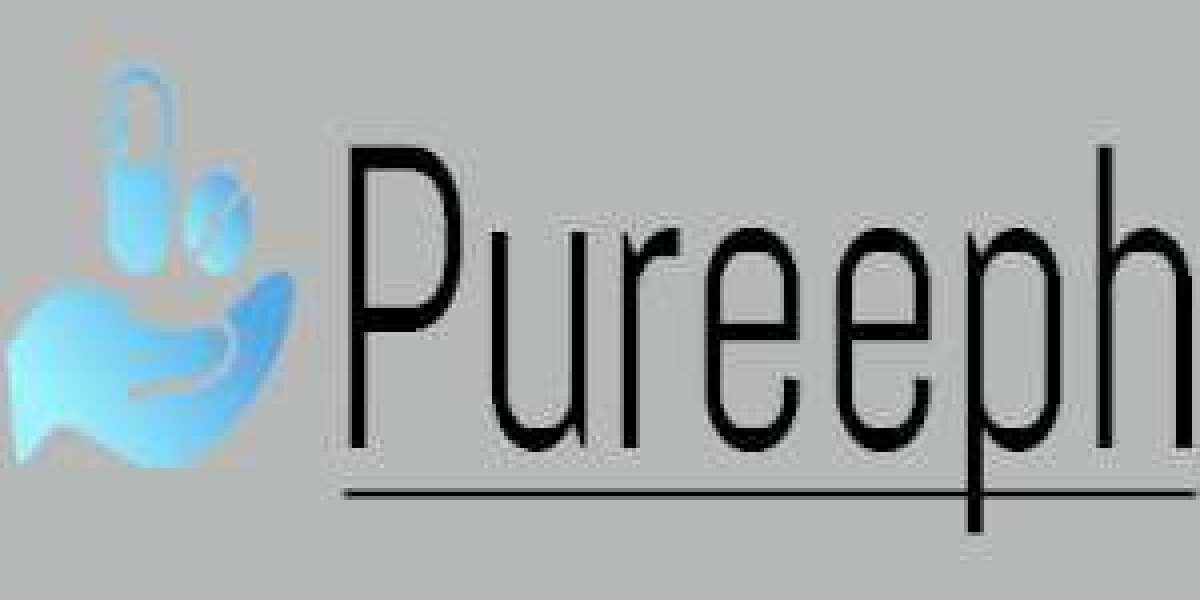However, when strategically aligned, these two essential processes form the foundation of a financially successful healthcare practice. Medical credentialing ensures that providers are authorized to deliver care and receive reimbursement from insurers, while medical billing translates those services into revenue.
By integrating these operations, healthcare practices can reduce payment delays, prevent claim denials, and streamline revenue cycle management (RCM).
This article explores how credentialing and billing work hand-in-hand to promote financial success, enhance practice efficiency, and ensure regulatory compliance.
1. What Is Provider Credentialing?
Provider credentialing is the process of verifying a healthcare provider’s qualifications, licenses, education, training, and professional history. More importantly, it includes enrolling providers with insurance companies so they can be in-network and receive reimbursement for the services they deliver.
Key Credentialing Activities:
Verifying medical licenses and certifications
Confirming education and training credentials
Completing applications for insurance networks (Medicare, Medicaid, PPOs, HMOs)
Ongoing re-credentialing and compliance tracking
Without proper credentialing, providers cannot legally bill insurers for services — and may face audits or penalties.
2. What Is Medical Billing?
Medical billing is the process of submitting, tracking, and receiving payments for patient care services rendered by healthcare providers.
Core Medical Billing Functions:
Translating medical procedures into CPT, ICD, and HCPCS codes
Submitting claims to insurance companies
Managing claim denials and resubmissions
Posting payments and handling patient balances
Ensuring compliance with HIPAA, CMS, and payer policies
Effective medical billing maximizes reimbursement and supports the financial sustainability of healthcare practices.
3. The Connection Between Credentialing and Billing
Although credentialing and billing may appear to be separate departments, they are deeply interconnected within the revenue cycle.
Credentialing directly affects:
Whether a provider is allowed to bill a payer
Whether claims are accepted or denied
Whether reimbursement is in-network or out-of-network
How quickly claims are paid
If a provider is not properly credentialed, payment issues will arise — regardless of billing accuracy.
No credentialing = no payment.
4. Financial Consequences of Poor Credentialing
Failure to align credentialing and billing results in serious financial consequences:
Lost Revenue: Claims may be denied or reimbursed at lower out-of-network rates.
Increased Denials: Payers reject claims from uncredentialed providers, requiring costly rework or write-offs.
Delayed Cash Flow: Credentialing takes 60–120 days on average. Delays in starting the process cause reimbursement lags.
Administrative Burden: Billing staff must chase missing credentialing information, increasing confusion and workload.
5. Timely Credentialing for Timely Payments
Effective credentialing starts early and is continuously maintained. It's not a one-time task—it requires regular updates and monitoring.
Best Practices:
Begin credentialing 90–120 days before a provider’s start date
Monitor payer response times
Track renewal dates for licenses and payer participation
Communicate credentialing updates to billing teams
When billing teams are informed about credentialing timelines, they can avoid submitting premature claims that will be denied.
6. Insurance Credentialing’s Role in Clean Claims
A clean claim is accurate, complete, and submitted correctly — leading to fast reimbursement.
insurance credentialing services helps ensure clean claims by:
Verifying the provider’s NPI is recognized by the payer
Confirming services fall within the provider’s approved scope
Ensuring provider data (NPI, Tax ID, practice location) matches payer databases
Billing relies on current credentialing data to avoid rejections and reduce denial rates.
7. Common Mistakes When Credentialing and Billing Are Not Aligned
Billing Before Credentialing Is Complete: Leads to automatic denials and often unrecoverable revenue.
Incorrect NPI or Tax ID: Errors in credentialing documents flow into billing systems.
Ignoring Effective Dates: Billing before the credentialing “effective start date” results in denials.
Credentialing Silos: When teams don’t communicate, crucial data is lost or duplicated.
8. Integrating Credentialing and Billing: Best Practices
Establish Cross-Functional Communication
Credentialing and billing teams should regularly meet to review:
New provider onboarding
Credentialing status updates
Payer participation changes
Share Credentialing Data with Billing Staff
Make sure billing teams have access to credentialing records (NPI, Tax ID, start dates).
Use Project Management Tools
Track credentialing progress using tools like Trello, Asana, or integrated RCM platforms.
Educate Billing Teams
Train billing staff on credentialing basics so they can identify potential problems early.
Align Onboarding with Billing Start Dates
Ensure providers don’t see insured patients until credentialing is verified.
9. The Role of Technology in Synchronization
Modern practice management systems and RCM platforms help bridge the gap between insurance credentialing services and medical billing services.
Integrated Systems
Use platforms that unify credentialing, scheduling, EHR, and billing data.
Automated Alerts
Set reminders for:
Expiring licenses
Credentialing deadlines
Payer participation lapses
Provider Portals
Allow providers to update documents and certifications in real-time.
Credentialing Dashboards
Track provider statuses across payers to ensure billing is only done for credentialed services.
10. Benefits of Unified Credentialing and Billing Services
Many practices now partner with full-service Revenue Cycle Management providers that offer both billing and credentialing support. This integrated approach leads to significant improvements.
Key Benefits:
Faster reimbursements due to clean claims
Fewer denials from credentialing issues
Stronger cash flow via efficient onboarding
Less administrative burden for in-house staff
Greater regulatory compliance
A unified strategy closes the gap between the front-end (credentialing) and back-end (billing) of the revenue cycle.
11. Case Study: Credentialing-Billing Collaboration Success
Background:
A multi-specialty clinic onboarded four new providers and started billing before credentialing was complete.
Problems:
60% of claims were denied due to incomplete credentialing
Payments were delayed by 90 days
Staff spent 30 hours/week correcting avoidable errors
Solution:
The clinic partnered with a professional RCM provider offering integrated credentialing and billing.
Results:
Clean claims increased to 98% within three months
Denial-related revenue losses dropped by 40%
Onboarding-to-payment time decreased from 120 to 60 days
This transformation demonstrates how strategic integration ensures smoother financial operations.
12. Conclusion
Credentialing and billing are two foundational pillars of a healthcare practice’s financial health. When operated in silos, they result in denied claims, delayed payments, and lost revenue. But when they function as a unified system, practices benefit from timely reimbursements, operational efficiency, and improved cash flow.
For healthcare providers striving for financial success, integrating credentialing with billing is no longer optional—it’s essential.
Success begins not just with quality care, but with being recognized and reimbursed for it.


